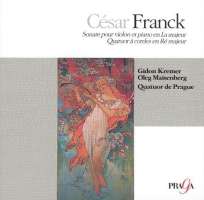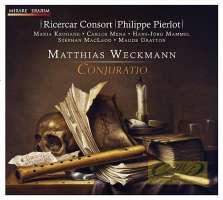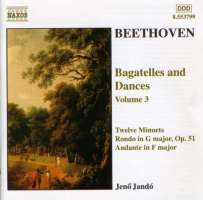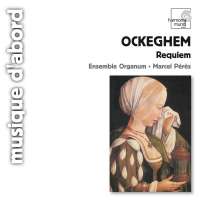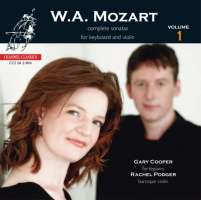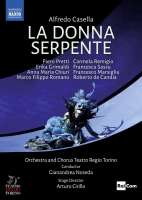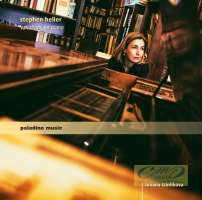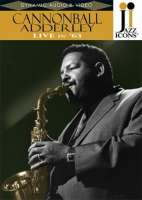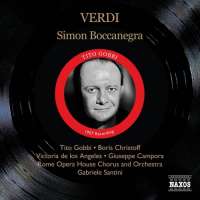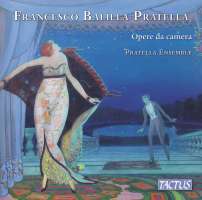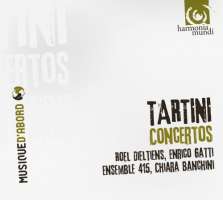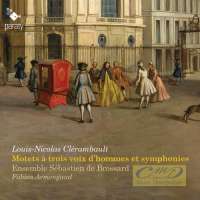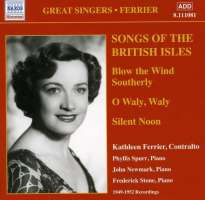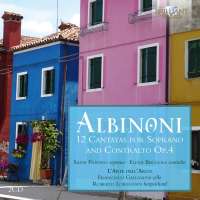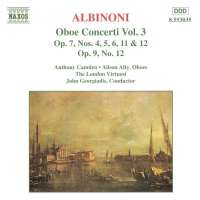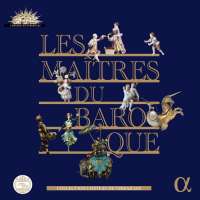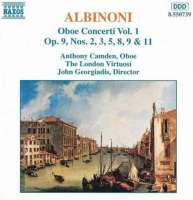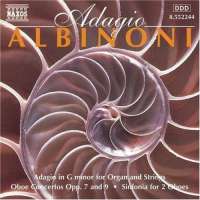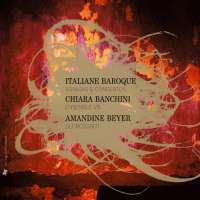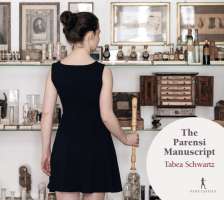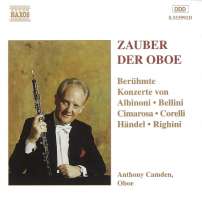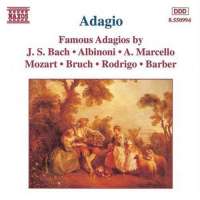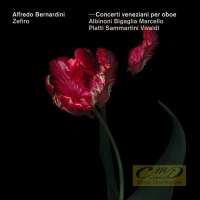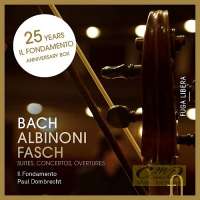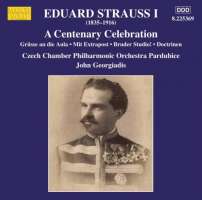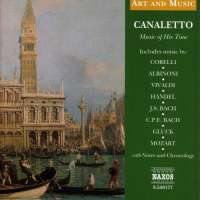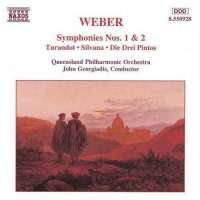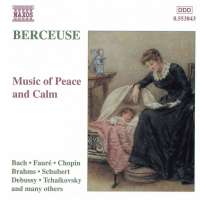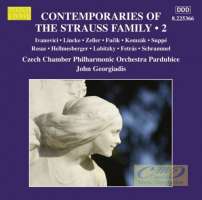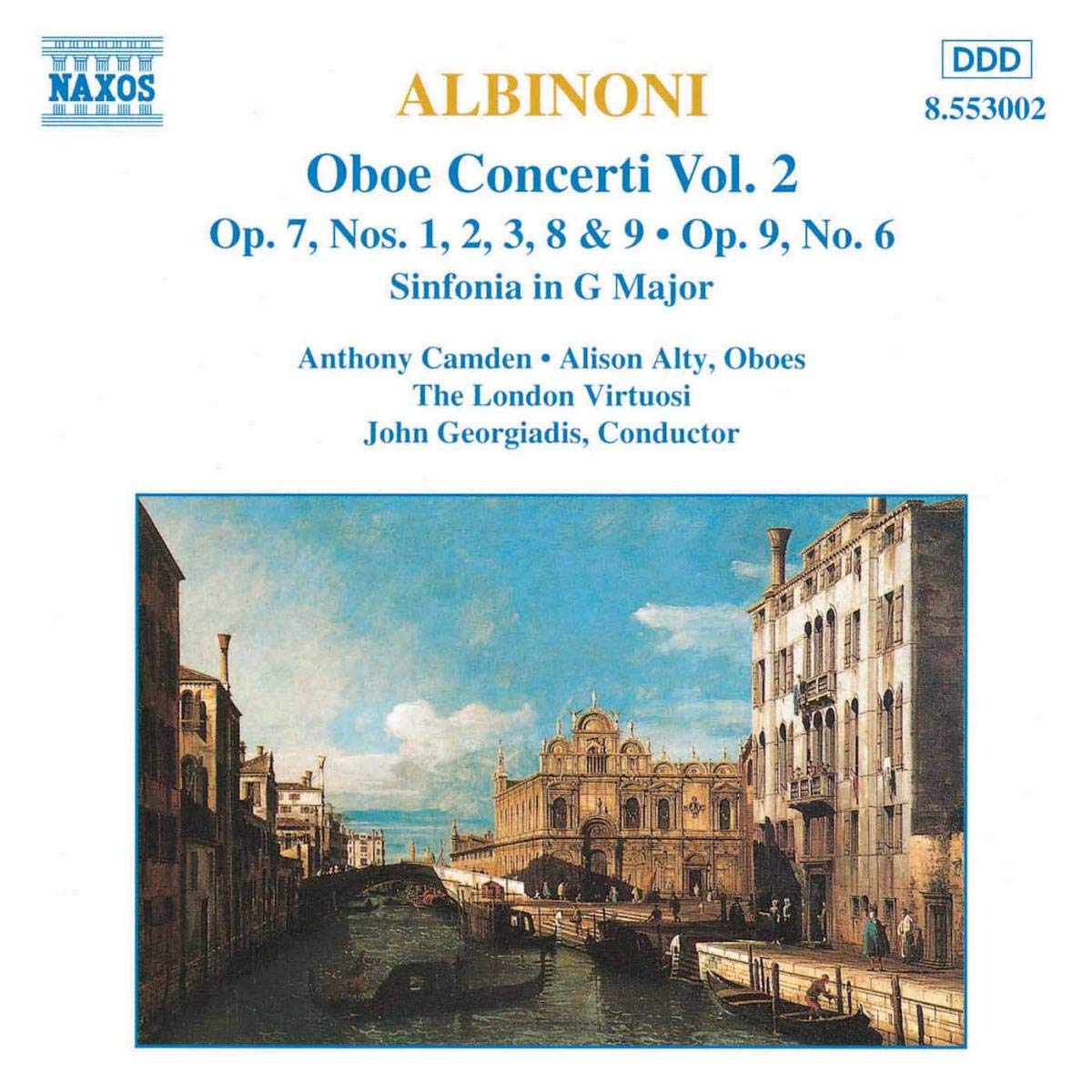
classical music distribution

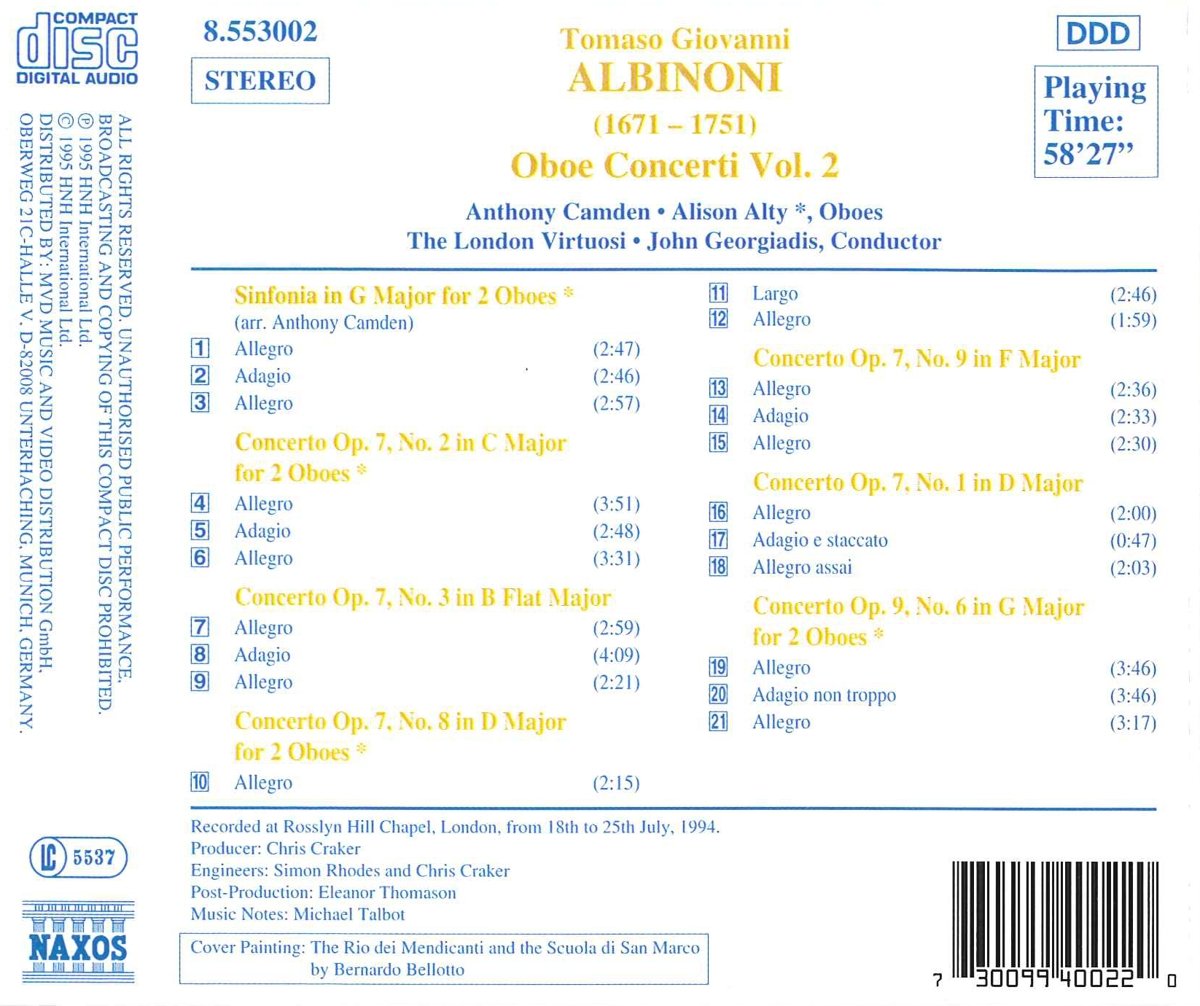
(Produkt nie został jeszcze oceniony)
kompozytor
Albinoni, Tomaso
tytuł
ALBINIONI: Oboe Concerti vol. 2
wykonawcy
Georgiadis, John;
Camden, Anthony;
London Virtuosi;
Alty, Alison
Camden, Anthony;
London Virtuosi;
Alty, Alison
nr katalogowy
8.553002
opis
Albinoni's first set of Concerti a cinque with parts for one or two oboes, published in Amsterdam as his Opus 7 in 1715, has the distinction of being the first such collection by an Italian composer ever published. The composer dedicated them to a local nobleman and amateur musician, Giovanni Donato Correggio. The works are divided into four groups, each of which begins with a concerto for strings (one of these, No. 11, contains passages for a solo violin), continues with a concerto for two oboes and finishes with one for a single oboe. Whereas the concerti with one oboe are fully mature in conception, those with two oboes are more varied, as if Albinoni, in 1715, had not yet decided how to structure them. Certainly, the two-oboe works, which are all in the traditional trumpet keys of C major and D major, carry strong traces of the trumpet sonatas that Bolognese composers, in particular, had written at the end of the previous century. •
The sixth concerto from Opus 9 (1722), Albinoni's sequel to Opus 7, shows how he later came to model his two-oboe concerti on those with one oboe, greatly expanding the dimensions and elaborating the form. The three concerti with single oboe (Opus 7, Nos. 3, 6 and 9) all have finales in 3 / 8 or 6 / 8 that exploit Albinoni's favourite rhythmic device of hemiola (where twice three units becomes thrice two units or the reverse).
nośnik
CD
gatunek
Muzyka klasyczna
producent
Naxos
data wydania
20-11-1995
EAN / kod kreskowy
730099400220

(Produkt nie został jeszcze oceniony)
cena 58,00 zł
lubProdukt na zamówienie
Wysyłka ustalana indywidualnie.
Darmowa wysyłka dla zamówień powyżej 300 zł!
Darmowy kurier dla zamówień powyżej 500 zł!
sprawdź koszty wysyłkiProduktu jeszcze nie zrecenzowano, chcesz być pierwszy?
Klienci, którzy kupili ten produkt, kupili również
Mozart, Wolfgang Amadeus
Mozart: Complete Sonatas For Keyboard And Violin, Vol. 1
CCS SA 21804
Clérambault, Louis-Nicolas
Clérambault: Motets à trois voix d’hommes et symphonies
PTY 516141
Pozostałe płyty tego kompozytora
różni kompozytorzy
WYCOFANY Italiane Baroque - Sonate et Concerto: Geminiani, Vivaldi, Valentini, Leo, Porpora
ZZT 316
różni kompozytorzy
Venezia 1700 – Torricelli, Bonporti, Caldara, Dall'Abaco, Vivaldi & Albinoni
AP 128
różni kompozytorzy
Concerti veneziani per oboe - Albinoni; Bigaglia; Marcello; Platti; Sammartini; Vivaldi
A 380
Bach, Johann Sebastian, Albinoni, Tomaso
Bach; Albinoni; Fasch: Suites, Concertos, Overtures
FUG 717
Pozostałe płyty tego wykonawcy
Weber, Carl Maria von
WEBER: Symphonies Nos. 1 and 2, Turandot; Silvana; Die Drei Pintos
8.550928
Napisz recenzję dla: ALBINIONI: Oboe Concerti vol. 2
Zapytaj o dostępność produktu
Twoje zapytanie:
Odpowiemy na adres:
Produkt został dodany do koszyka

Albinoni, Tomaso
ALBINIONI: Oboe Concerti vol. 2
1 szt
